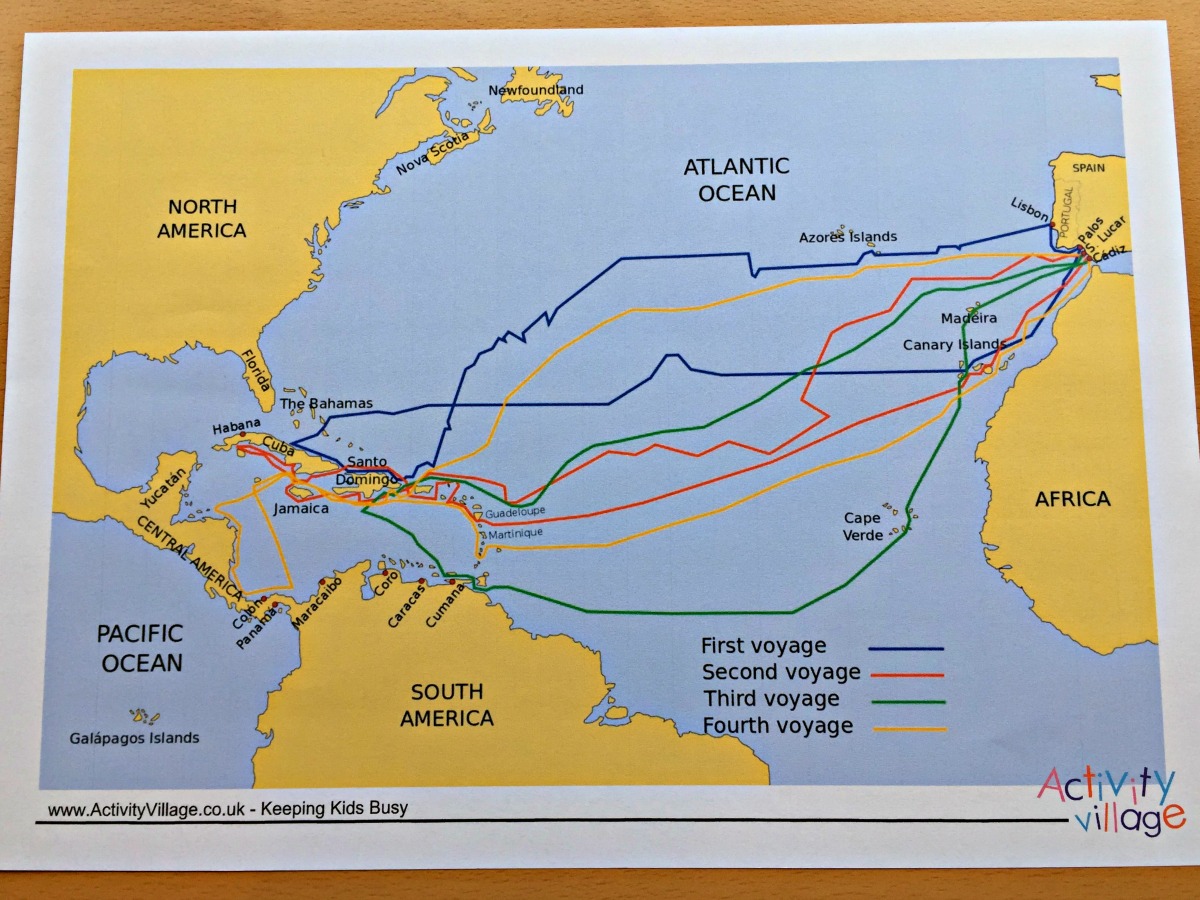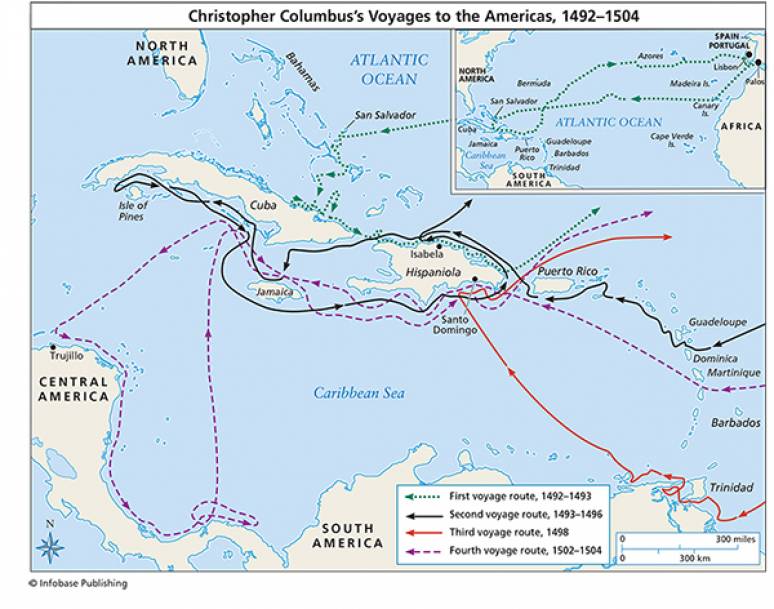
Christopher Columbus was an Italian explorer who is credited with discovering America. He was born in Genoa, Italy in 1451 and went on to become one of the most famous explorers in history. Columbus was determined to find a new route to Asia, and with the backing of the Spanish monarchs, he set out on a journey that would change the course of history forever.
The First Journey

In August 1492, Columbus set sail from Spain with three ships: the Nina, the Pinta, and the Santa Maria. After a long and difficult journey, they finally arrived in the Bahamas in October. Columbus believed that he had reached the East Indies, but he had actually discovered a new continent.
Over the next few months, Columbus explored the Caribbean islands, including Cuba and Hispaniola. He encountered native people who he called "Indians" because he believed he was in the East Indies. Columbus also established a colony on Hispaniola, which he named La Navidad.
The Second Journey

In 1493, Columbus returned to Spain with news of his discoveries. He was greeted as a hero and was given the title "Admiral of the Ocean Sea." Columbus was also given permission to make another voyage to America.
On his second journey, Columbus brought 17 ships and over 1,000 men. He established several colonies, including one on the island of Puerto Rico. Columbus also explored Jamaica, Cuba, and other parts of the Caribbean. However, his interactions with the native people became increasingly violent, and he was eventually stripped of his title and sent back to Spain in chains.
The Third and Fourth Journeys

Despite his troubles, Columbus was still determined to find a new route to Asia. He made two more voyages to America, but they were largely unsuccessful. Columbus faced many challenges, including mutiny, disease, and harsh weather conditions. He also encountered hostile native people who were not happy with the arrival of the Europeans.
After his fourth and final voyage, Columbus returned to Spain in poor health. He died in 1506 at the age of 54. Although he never found a new route to Asia, Columbus's voyages had a profound impact on the world. His journeys opened up the New World to exploration and colonization, which eventually led to the creation of the United States of America.
Conclusion
Christopher Columbus's journey to America was a remarkable feat of exploration and discovery. His voyages changed the course of history and had a lasting impact on the world. Although Columbus faced many challenges and setbacks, he remained determined to find a new route to Asia. His legacy lives on, and his story continues to inspire people around the world.